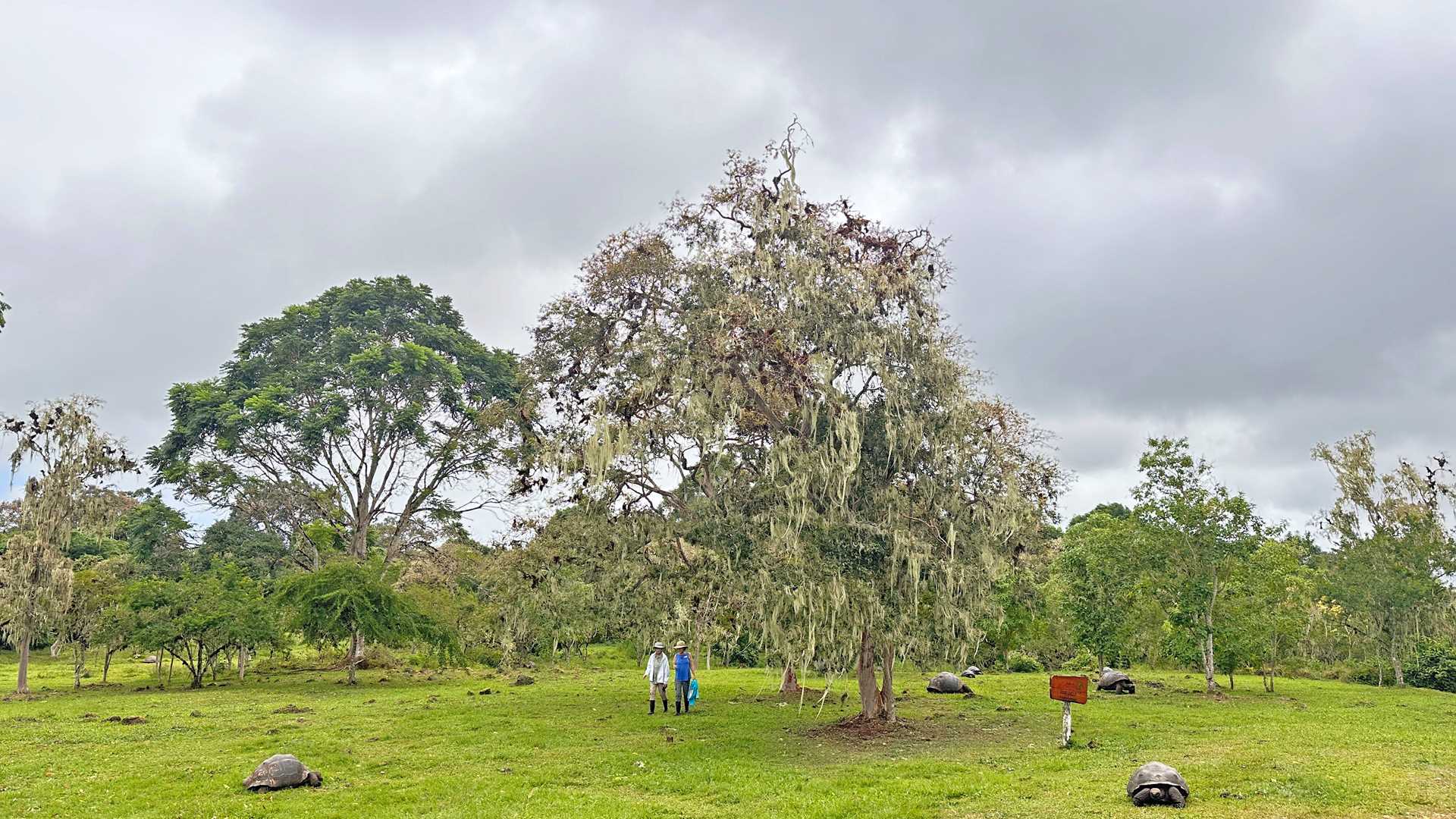At the center of the Galapagos Islands, Santa Cruz is the second largest island after Isabela. It is also the commercial capital and home to the province’s largest human settlement at around 20,000. The National Park and the Charles Darwin Foundation headquarters operate here with the task of protecting wildlife through science and patrol. The island’s highlands are highly productive, especially for agriculture and farming. Here we find the Galapagos giant tortoises, icons of the archipelago, in their natural state. Puerto Ayora is a large town where we can observe how people live in harmony with nature and carry out commerce under the umbrella of tourism.
10/29/2024
Read
National Geographic Islander II
San Cristobal Island
Our day in the Galapagos began at Punta Pitt, where we made a wet landing on volcanic sand, greeted immediately by a baby sea lion and a white morph red-footed booby at the shore. We started our ascent up the hill, spotting numerous red-footed boobies along the way and even a blue-footed booby! The landscape was breathtaking, with vibrant red hues in the vegetation and layers of orange tuff stone creating a stunning backdrop. In the afternoon, we explored Cerro Brujo on the western side of San Cristobal Island. After landing on semi-volcanic sand, we strolled among large colonies of sea lions, leading us to a stretch of pure, powdery white sand. We joined our wellness specialist for a stretching session, then walked along the beautiful beach, marveling at the unique volcanic landscape around us. Before the sun set, we returned to National Geographic Islander II and our captain took us to Kicker Rock, an iconic eroded ash cone and a nesting site for many seabirds. With the rock glowing in the evening light, our guests raised a final toast to celebrate an unforgettable day in this extraordinary place.







